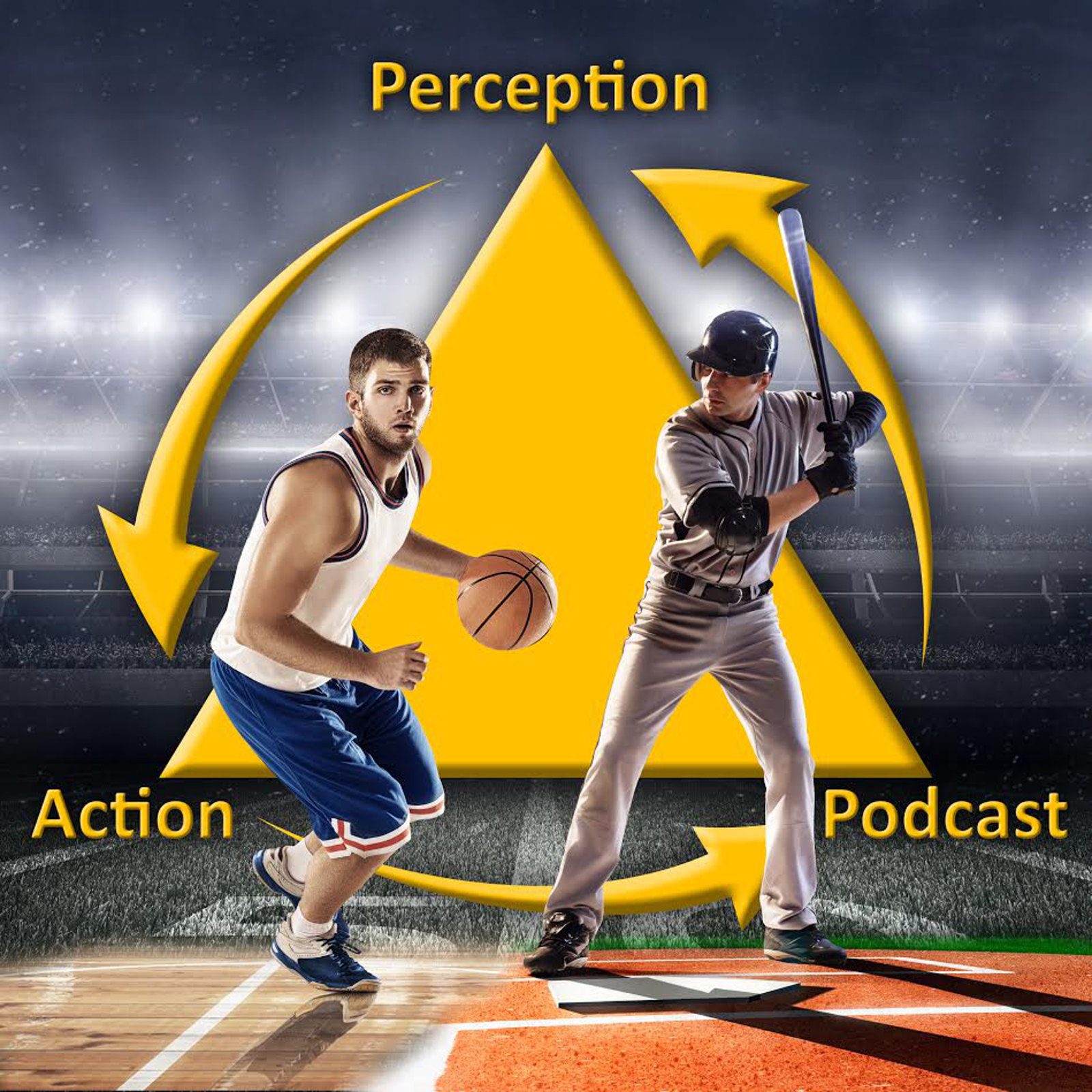16
How can we learn to shoot a basketball by thinking about a cookie jar and learn to putt a golf ball by thinking about toothpaste?!! Can a novice athlete really become great without being given any verbal instructions about how to actually perform their skill? In the episode, I explore some approaches to learning and coaching sports skills that are radically different to the traditional methods most of us have experienced.
My Research Influences: Barrie Frost, Queens University
Download link
Key points:
• Explicit learning involves the common approach of teaching skills through verbal instructions about how to perform the skill. Referring back to episode 8, these instructions are designed to increase the athlete’s declarative knowledge, which is thought to be the first stage in skill acquisition. This declarative knowledge will later be internalized as the skill becomes proceduralized and automatic.
• In implicit learning, no or very little declarative knowledge (i.e, instructions form a coach about how to execute the skill) is used by the athlete while learning the skill. Instead they learn by doing. This involves developing what are called action-outcome contingencies in which the performer learns which actions produce the outcomes they want through exploration
• As first proposed by Masters, this may help to insulate an athlete against the effects of pressure by reducing the possible for reinvestment
• There are a variety of different ways that implicit learning can be encouraged during skill acquisition. Two of these include used secondary tasks and errorless learning. In the errorless learning approach the number of errors a learner makes early in training is reduced by having the athlete perform very simple tasks at first (e.g., making a bunch of 1 foot putts) then slowly transitioning to harder tasks. There is some evidence that these may indeed reduce the incidence of choking but can make skill acquisition slower.
• Teaching sports skills by analogy involves taking a series of steps involved in the execution of the action reducing them to one single, common metaphor e.g., hold a golf club like it’s a tube of toothpaste, shoot a basketball by trying to imagine placing a cookie in a jar that is on a high shelf
• Research has shown that learning by analogy can produce both a relatively fast rate of learning and resilience to the effects of pressure
Articles:
The implicit benefit of learning without errors
Analogy learning and the performance of motor skills under pressure
From novice to no know-how: a longitudinal study of implicit motor learning
Challenges and Solutions When Applying Implicit Motor Learning Theory in a High Performance Sport Environment: Examples from Rugby League
More information:
My Research Gate Page (pdfs of my articles)
My ASU Web page
Podcast Facebook page (videos, pics, etc)
Twitter: @Shakeywaits
Email: robgray@asu.edu
Credits:
The Flamin’ Groovies – Shake Some Action
Golden Blondes – Skilled
The Head and the Heart – Lost in My Mind
Reigning Sound – Everything I Do is Wrong
Alabama Shakes – Hang Loose
My Morning Jacket – One Big Holiday
via freemusicarchive.org and jamendo.com
